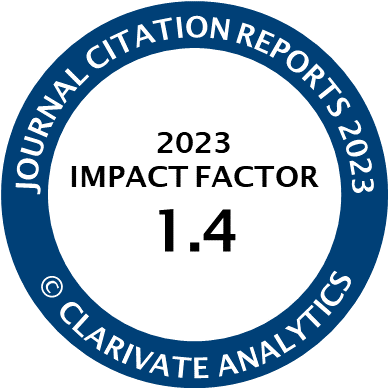Article | Open Access
Who’s Homeless and Whose Homeless?
| Views: | 3100 | | | Downloads: | 2156 |
Abstract: What does the persistent construction of ‘the homeless’ and the revitalised term ‘our homeless’ include, imply, and exclude in Swedish political debate? And how is it politically and morally related to other houseless groups in the country? These questions are approached through an analysis of minutes from the Swedish Parliament 2015–2019. Inspired by Simmel’s (1908/1965) definition of ‘the poor’ as those who get (or would get) public assistance as poor, I claim that in Swedish political discourse, ‘(our) homeless’ comprise only those to whom the society acknowledges a responsibility to give shelter, thereby excluding the tens of thousands of people without homes that are temporarily accommodated by other authorities, private providers or individuals—or not at all. Although official definitions are housing-related, migrants without homes tend to be defined outside the ‘homeless’ concept, as well as from the municipalities’ responsibilities. I will argue that the reasons for this are institutional: regulations and their interpretation, coupled with traditions to care for only ‘our’ people which, in turn, are fortified by current nationalist sentiments.
Keywords: discursive exclusion; homeless definitions; houseless migrants; nationalist discourse; Sweden
Published:
© Ingrid Sahlin. This is an open access article distributed under the terms of the Creative Commons Attribution 4.0 license (http://creativecommons.org/licenses/by/4.0), which permits any use, distribution, and reproduction of the work without further permission provided the original author(s) and source are credited.




